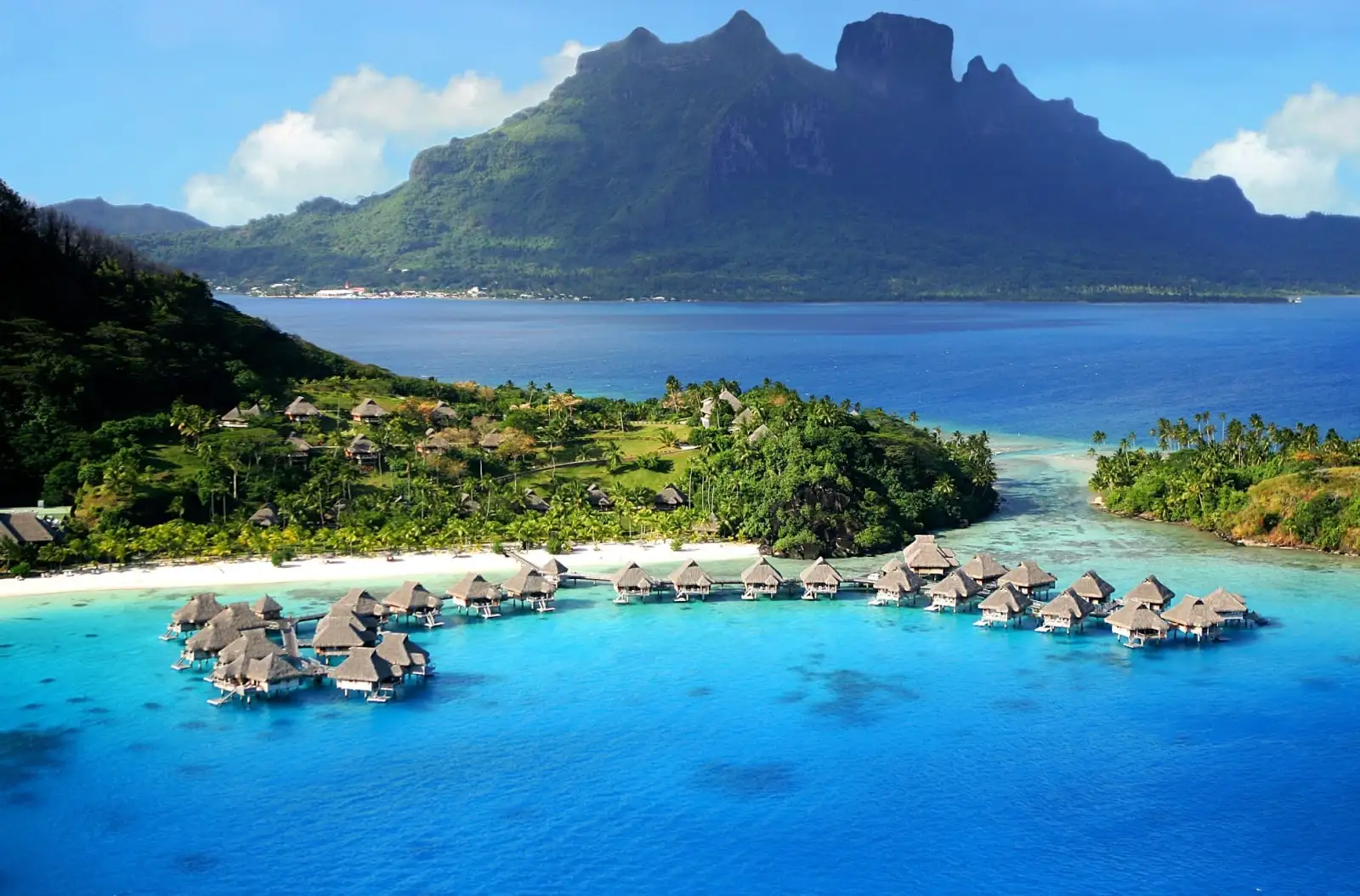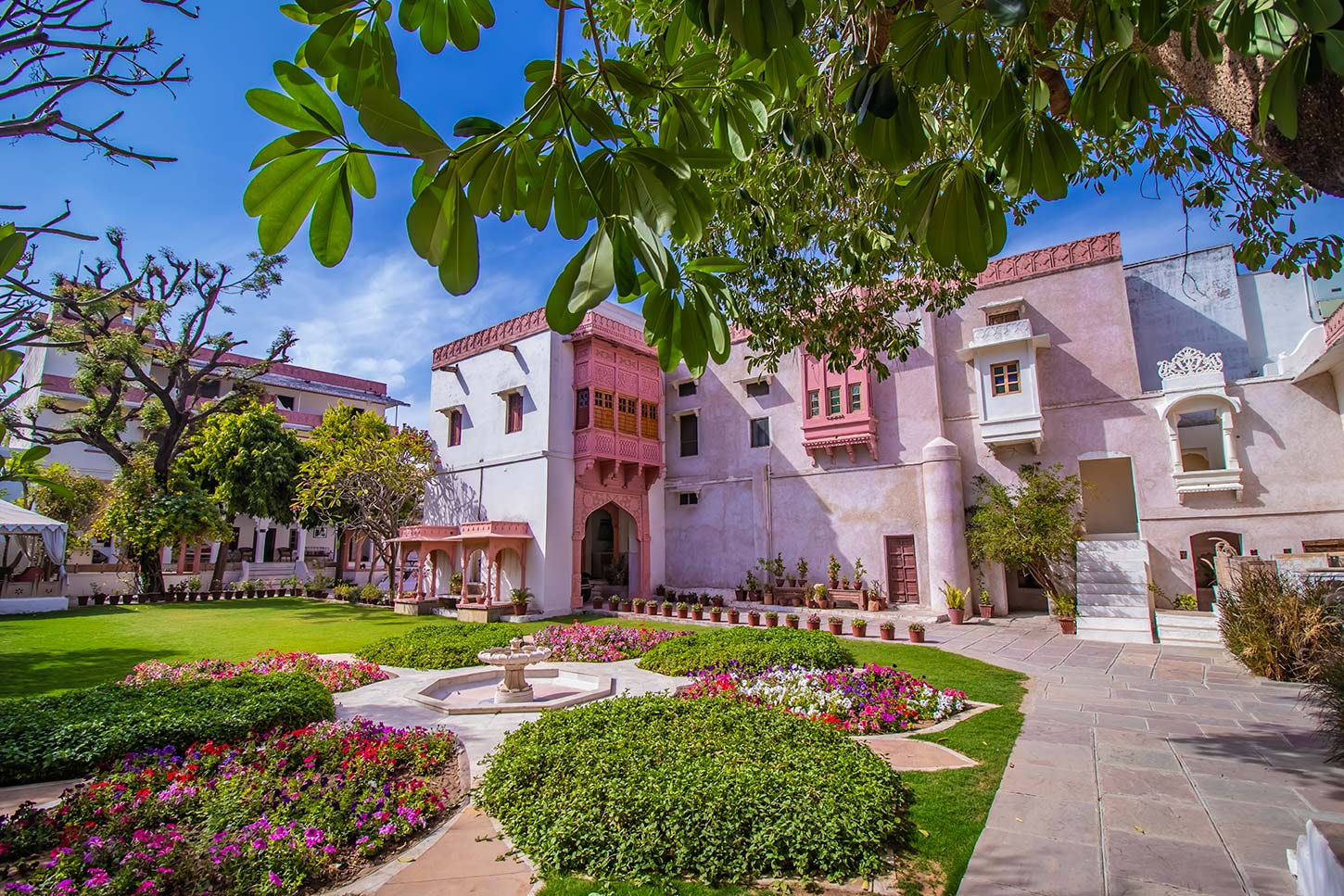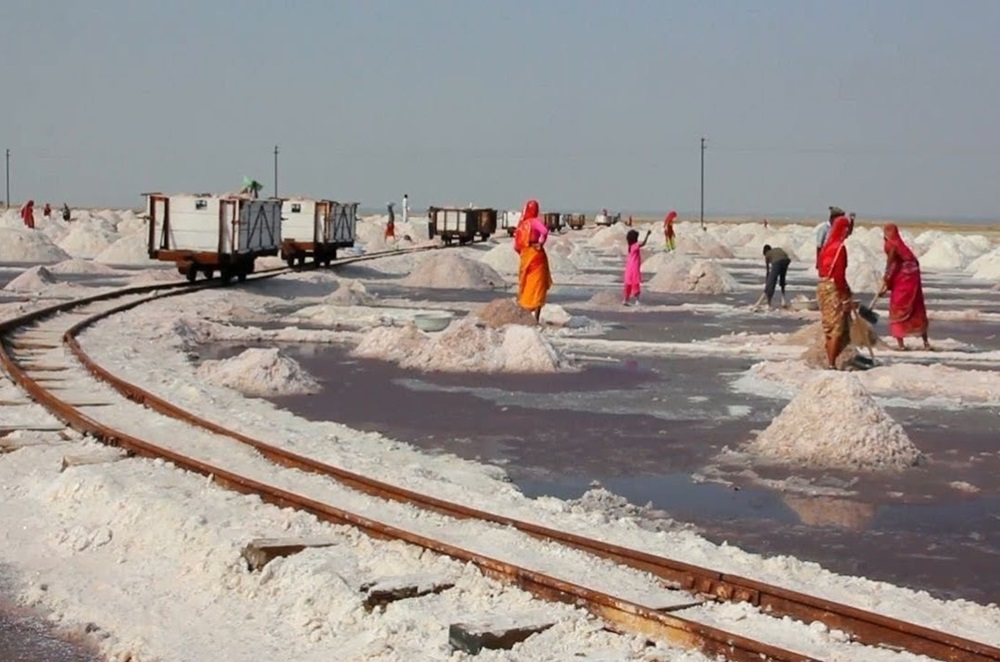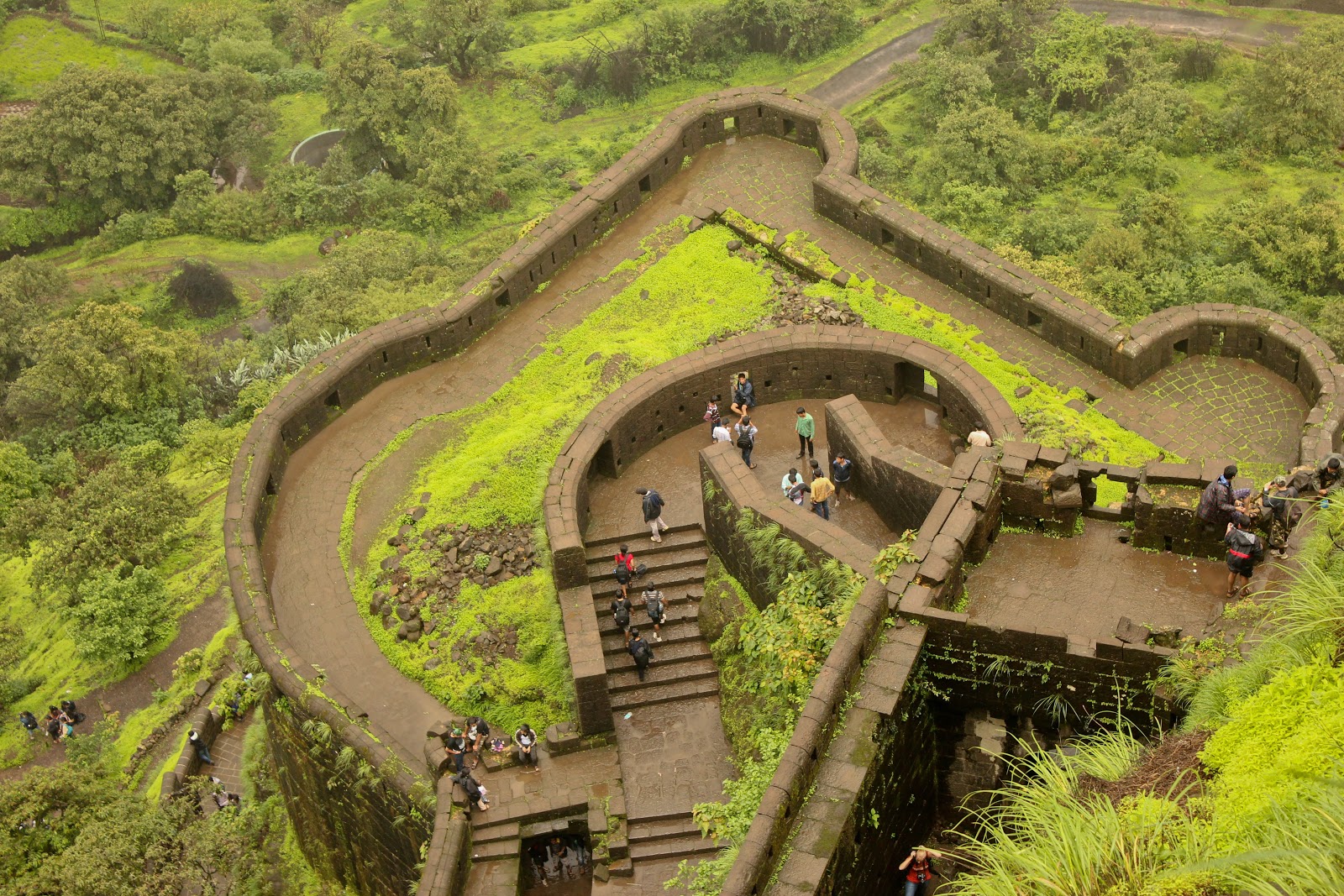Colombo

Colombo, the capital of Sri Lanka, has a long history as a port on ancient east-west trade routes, ruled successively by the Portuguese, Dutch and British. That heritage is reflected in its its architecture, mixing colonial buildings with high-rises and shopping malls. The imposing Colombo National Museum, dedicated to Sri Lankan history, borders sprawling Viharamahadevi Park and its giant Buddha
Yala National Park

Yala National Park is a huge area of forest, grassland and lagoons bordering the Indian Ocean, in southeast Sri Lanka. It’s home to wildlife such as leopards, elephants and crocodiles, as well as hundreds of bird species. Inland, Sithulpawwa is an ancient Buddhist monastery. Nearby caves contain centuries-old rock paintings. Southwest, Magul Maha Viharaya also has ancient Buddhist ruins. Both are pilgrimage sites.
The Royal city of Kandy

Kandy, Sri Lanka's cultural capital and home to the Temple of the Tooth Relic of Lord Buddha is one of the most beautiful cities of Sri Lanka. If you visit city in July or August, you can experience Kandy Esala Perehera, an annual ritual of the Sacred Tooth Temple.
Set in forested hills and surrounded by tea plantations, the city is famous for its scenic beauty and rich cultural value. The independent kingdom in Sri Lanka had been invaded by the Portuguese, the Dutch (16th, 17th and 18th century) and also by the British in 1803.
To experience the Kandy cultural dance, it is recommended to prefer rail journey from Colombo to Kandy.
The sacred city of Anuradhapura

Anuradhapura city lies on the banks of the Malvathu Oya, is the sacred centre of the island's Buddhism. The holy 2,000-year-old Bo Tree, grown from a sapling of the Bhodi tree under which the lord Buddha attained enlightenment, some well preserved ruins of ancient palaces, monasteries and monuments that are attracting visitors to explore.
This UNESCO World heritage site lies in the North Central Province of Sri Lanka was the capital of the Anuradhapura Kingdom till the beginning of the 11th century AC. Anuradhapura, the ancient city of Sri Lanka is sacred to the Buddhist world and is one of the world’s major archaeological sites.
The Sigiriya Rock Fortress

Constructed by King Kasyapa at the end of the 5th Century, Sigiriya, also called "The Lion Rock" as it is built in the form of enormous lion. Oldest landscaped gardens, Mirror wall that has verses dating from as early as the 8th century as well, a terrace at mid-level with the Lion Gate, The flat top of the palace that is decorated with colorful frescoes are Sigiriya's most popular attraction.
Climbing the Sigirya Rock is not an easy task and you will pass through some large rock structures which is evidence of how advanced the people were in areas such as culture and engineering.
The Dutch Fortifications at Galle

Galle which is a seaside town on the southwestern coastal belt is considered to be Sri Lanka’s most historically interesting city. Galle Fort is Number 200 on UNESCO list of World Heritage Sites and is free to enter and explore.
Some of the major landmarks within the fort are Old Dutch Hospital, New Orient Hotel, National Maritime Museum and Dutch Reformed Church. The place is now a major hotspot for tourists visiting the south after Ministry of Cultural Affairs launched a project to restore the Fort to its former glory.
 Modern
Cow Boy Hat
1 × $100.00
Modern
Cow Boy Hat
1 × $100.00
 Cat Eye
Sunglasses
1 × $10.00
Cat Eye
Sunglasses
1 × $10.00













